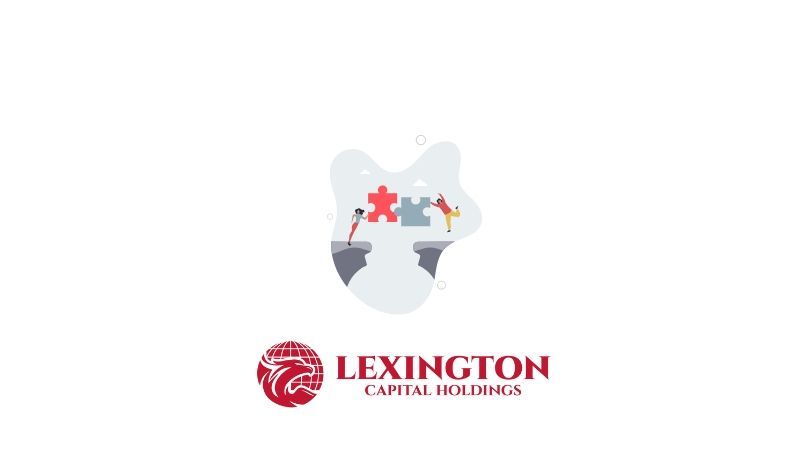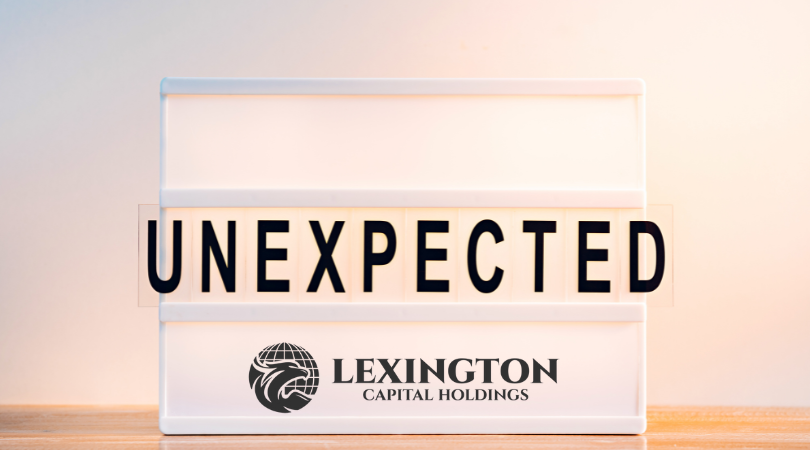Last-Minute Tips to Maximize Black Friday Success for Your Business
Last-Minute Tips to Maximize Black Friday Success for Your Business
Black Friday is almost here, and it’s not too late to prepare your business for one of the busiest shopping days of the year. Whether you’re looking to boost sales, attract new customers, or strengthen your brand, the next two days are crucial for making sure your Black Friday strategy delivers results. With some quick adjustments and a strong focus on execution, you can capitalize on this incredible opportunity to drive business growth.
Here’s how to make the most of the final stretch before Black Friday.
1. Double-Check Your Inventory and Operations
Running out of stock on a popular product or dealing with technical glitches can derail your sales. Take these last-minute steps:
- Verify Inventory Levels: Ensure your best-selling products are fully stocked and ready for high demand.
- Test Your Website: Make sure your website can handle a surge in traffic. Check that your checkout process is seamless and mobile-friendly.
- Prepare Your Team: Brief your employees on promotions and ensure they’re ready to deliver exceptional service.
2. Finalize and Promote Your Offers
Your deals need to be clear, enticing, and easy to find. Use the next two days to amplify your promotions:
- Highlight Your Top Deals: Feature your best offers prominently on your website, social media, and email marketing.
- Simplify Your Messaging: Make it easy for customers to understand your offers at a glance—clear communication is key.
- Create Urgency: Phrases like “limited time only” or “while supplies last” encourage shoppers to act quickly.
3. Use Social Media to Build Buzz
Social media is one of the fastest ways to generate excitement and reach your audience in the days leading up to Black Friday:
- Post Countdown Reminders: Share posts highlighting how much time is left until the big day and tease your deals.
- Go Live: Host a quick live session showcasing your top products or answering customer questions about your promotions.
- Encourage Engagement: Ask your audience about their favorite Black Friday traditions or deals to drive engagement and keep your brand top of mind.
4. Leverage Email Marketing
With only two days left, your email list can be your most powerful tool for driving traffic and sales:
- Send a Sneak Peek: Share an exclusive preview of your Black Friday deals with your email subscribers.
- Schedule Reminder Emails: Send emails on the night before and morning of Black Friday to ensure your audience is ready to shop.
- Include a Call-to-Action: Make it easy for customers to click through and start shopping with links directly to your featured products or landing pages.
5. Offer Value Beyond Discounts
While deep discounts are a hallmark of Black Friday, offering additional perks can set you apart:
- Free Shipping: Highlight free shipping as an added incentive, especially for online shoppers.
- Gift with Purchase: Include a small gift or bonus item with purchases to encourage higher spending.
- Loyalty Rewards: Offer extra points or discounts for loyalty program members to build long-term relationships.
6. Focus on Customer Experience
Shoppers will remember how your business made them feel during Black Friday. Stand out by prioritizing their experience:
- Provide Clear Support: Have a system in place to quickly address customer inquiries, whether online or in-store.
- Personalize the Experience: Use customer data to recommend products or create personalized offers.
- Thank Your Customers: A simple thank-you email or follow-up message can go a long way in building loyalty.
7. Prepare for Post-Black Friday Success
Black Friday isn’t just about one day of sales—it’s a chance to create lasting customer relationships:
- Capture Customer Data: Use this opportunity to grow your email list by offering exclusive discounts for sign-ups.
- Promote Cyber Monday: Let customers know you’re continuing the deals after Black Friday with Cyber Monday offers.
- Analyze the Results: After the sales rush, take time to review what worked and where you can improve for next year.
It’s Not Too Late to Succeed
With Black Friday just two days away, now is the time to focus on execution and make sure your business is ready to meet the moment. By fine-tuning your promotions, amplifying your marketing, and delivering exceptional customer experiences, you can turn this shopping holiday into a major win for your business.
Take action now, and get ready to reap the rewards of a well-executed Black Friday strategy. Here’s to making this your best sales day yet!

When you apply for business funding, your application goes through a critical stage—underwriting. This is where lenders evaluate risk and determine whether your business qualifies for financing, and under what terms. Understanding what underwriters look for can help you strengthen your application, avoid delays, and increase your approval odds.

Not every business enjoys a steady stream of income. For many companies—especially those in seasonal industries, contracting, or project-based work—revenue can shift dramatically from month to month. These ups and downs are normal, but they can make managing cash flow, payroll, and operating expenses challenging. At Lexington Capital Holdings, we understand that fluctuating revenue doesn’t mean instability—it just means you need the right financial tools to stay balanced and grow confidently.

The Challenge of Hyper-Growth For many startups, growth isn’t the problem—it’s managing it. Rapid scaling demands capital for hiring, marketing, technology, and operations. But too often, founders find themselves cash-strapped right when they need resources the most. Choosing the right financing strategy can be the difference between sustainable growth and burning out too soon.

When it comes to business financing, the terms you secure are just as important as the funding itself. Lower interest rates, flexible repayment schedules, and higher approval amounts can mean the difference between simply surviving and setting your business up to thrive. The good news? Business owners often have more negotiating power than they realize. At Lexington Capital Holdings, we’ve seen firsthand how preparation and strategy can help secure stronger terms. Here’s how you can do the same:

For many businesses, waiting on customer payments can feel like standing still when you’re ready to move forward. Delayed invoices, extended payment terms, or slow collections create cash flow gaps that make it harder to cover expenses, pay employees, or seize new opportunities. The truth is—even successful, profitable companies face this challenge. The key isn’t avoiding it, but managing it strategically with the right funding solutions

Securing business funding is a milestone—but the real impact comes from how you put that capital to work. Every dollar borrowed should fuel momentum, strengthen operations, and generate measurable returns. Unfortunately, too many businesses stop at “getting approved” and miss the chance to maximize their return on investment (ROI). At Lexington Capital Holdings, we believe funding isn’t just about access to capital—it’s about creating opportunity. Here’s how to ensure your financing delivers the highest ROI:

In today’s fast-paced business environment, standing out from the competition requires more than just great products and services—it takes strategy, timing, and smart financial decisions. One of the most overlooked tools in building and maintaining a competitive advantage is business financing. When leveraged correctly, financing doesn’t just help you “get by”; it can actually position your business to outpace competitors and capture new opportunities.

In business, surprises aren’t a matter of if—they’re a matter of when. Whether it’s a sudden equipment breakdown, an unexpected dip in sales, or a market shift that requires quick adaptation, unforeseen expenses can test even the most successful companies. The difference between thriving and struggling often comes down to how well you’ve prepared.

When most business owners hear the word debt, it sparks feelings of stress or risk. But here’s the truth—debt isn’t always a bad thing. In fact, when managed strategically, debt can become one of the most powerful tools to grow, stabilize, and scale your business. At Lexington Capital Holdings, we work with business owners every day who are navigating this very question: Is taking on debt the right move for me? Let’s break down the difference between “good” and “bad” debt so you can make informed financial decisions.

In today’s business world, financing options are everywhere—but choosing the right path can feel overwhelming. From traditional bank loans to alternative lending solutions, the fine print and fast-changing requirements often leave business owners spending more time deciphering funding terms than actually running their businesses. That’s where the value of a dedicated funding advisor truly shines. At Lexington Capital Holdings, we’ve seen firsthand how personalized guidance can transform the funding experience for business owners of all sizes.

